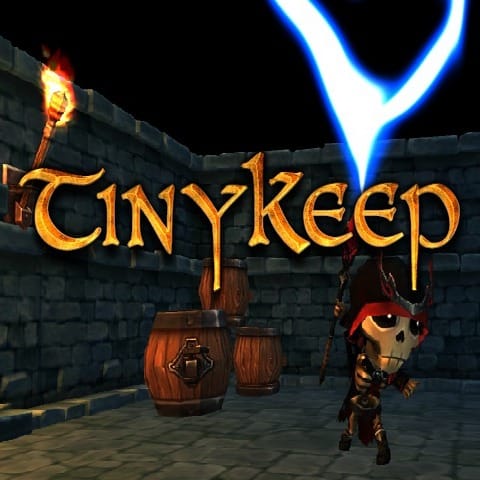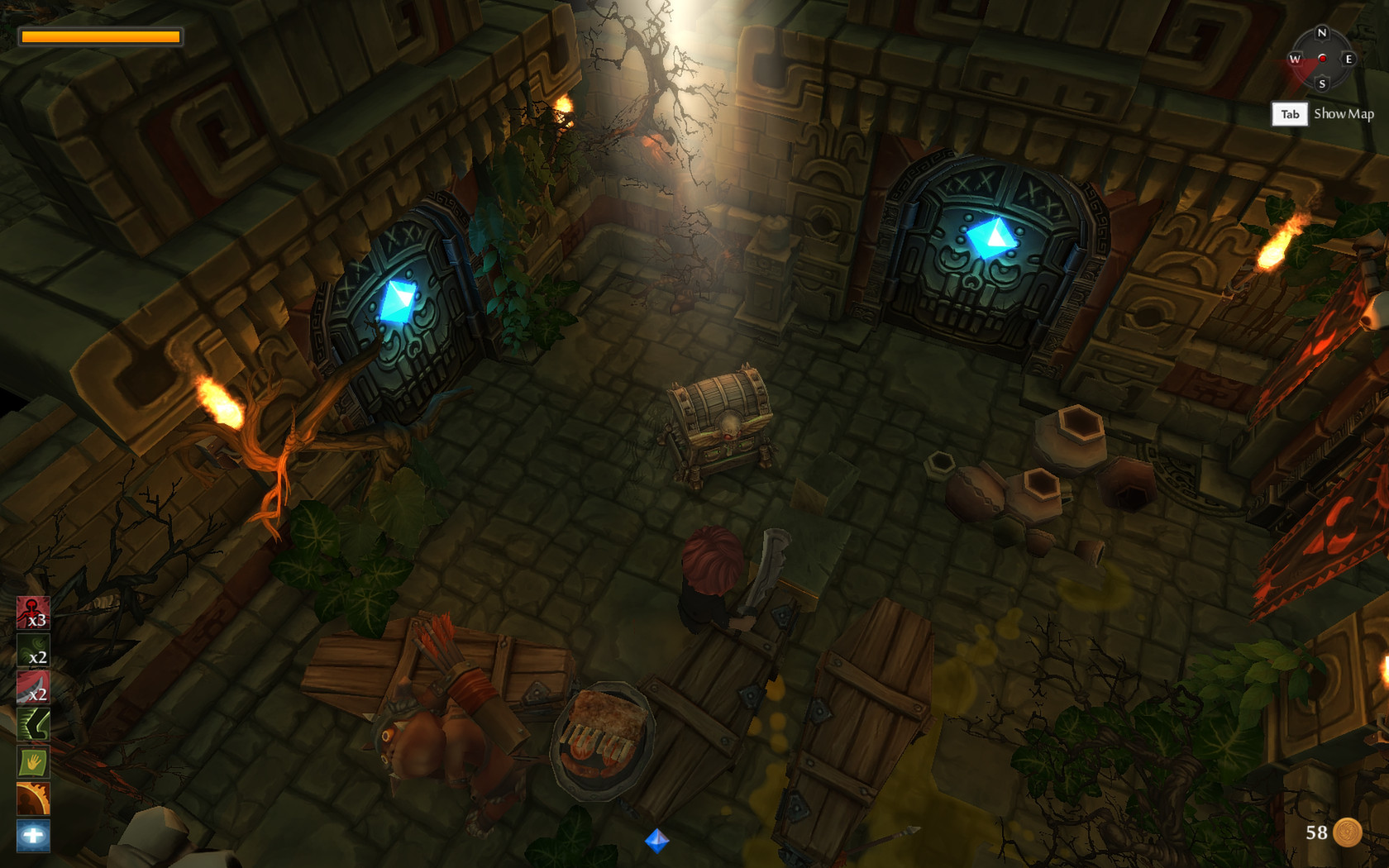

#TINYKEEP DUNGEON GENERATION SIMULATOR#
With Black Hole Simulator you can plunge into the wonderful world of space. The protagonist is a mechanic who has gone to a distant colony to make repairs. Space Robinson: Hardcore Roguelike Action is an action RPG set on the procedurally generated planet of Colony 21. Space Robinson: Hardcore Roguelike Action Project Nightmares Case 36: Henrietta Kedward is an action-adventure horror with many violent elements. This floor seems to have a relatively even power distribution with two rooms that are a bit hotter.Project Nightmares Case 36: Henrietta Kedward The heatmap describes the relative power of enemies in each room, the starting room usually has no enemies as can be seen here also. Next we’ll raise up the walls and then start populating the floor with enemies.
#TINYKEEP DUNGEON GENERATION GENERATOR#
We first tried to create a generator which would work without prefabs, but in the end we decided that handmade prefabs combined with procedural layouts and random population would be our way to go. These interior prefabs include “placement slots” for enemies which are all visible at the moment. Now we’ve randomized and pasted a selection of room interior prefabs into the floorplan. Some rooms are combined by removing the wall between them giving the player larger open areas. In the next image the “tile view” of the floor can be seen. We classify the rooms with the supposed movement direction which is derived from the graph connecting the rooms. Now we start building the actual floor in the building where the player will do the shooting. Two of them work on a simple grid approach and one is built on BSP-trees. The other generators work a bit differently from this one. Many similar techniques like Delaunay Triangulation are used here. If the method above sounds familiar you may have read about the dungeon generation of TinyKeep which was a source inspiration. We’ve also selected the entry and exit rooms for the player but they’re visible only in the final images. They’re nice choke points but we want only a few of them. This is because we think that narrow corridors work only in really small amounts in the context of a game like Neon Chrome.

When compared to most dungeon generators, Neon Chrome generators create relatively few narrow corridors. We also make a graph by using Delaunay Triangulation and a Minimum Spanning Tree. At this point we may also cull away some squares which are too far way from the main group of squares.

To make the whole level accessible we need to check that all squares are connected someway: naturally with edges touching or with a connector tunnel we build. Again we cull away the squares which are outside the level perimeter after this. After this we push the squares apart with some simple steering behavior until they’re not overlapping anymore. For performance reasons we need to keep the level size within some constraints so we first we remove the squares which do not fit inside the level. In the first phase we randomize a bunch of squares. Squares culled and steered, add corridors to connect a couple of rooms We won’t delve into the finest detail but this should be an interesting read for those who are into stuff like this. Of all the four generators three are more interconnected and differ only at the baseplan style level. There are actually four different level generators in the game which of two are really distinct. However, most of the shooting is done in the procedurally generated levels. In addition to standard levels the game includes hand crafted areas in the form of boss fights, hidden special levels, and story levels. Neon Chrome mostly runs on procedurally generated levels as the standard levels in game are all products of algorithms.


 0 kommentar(er)
0 kommentar(er)
